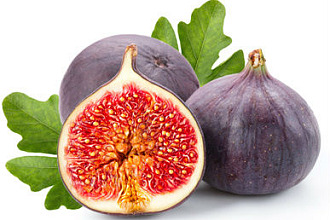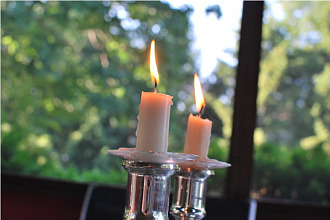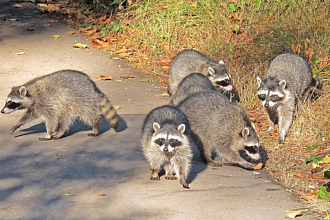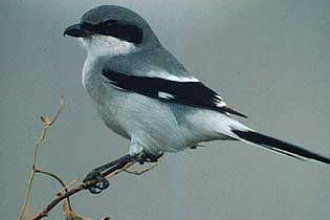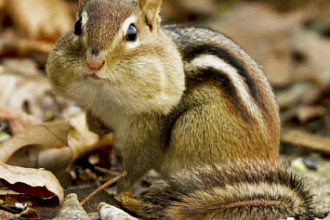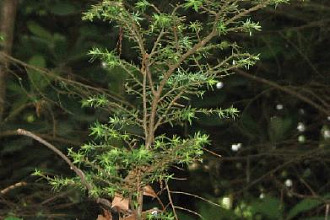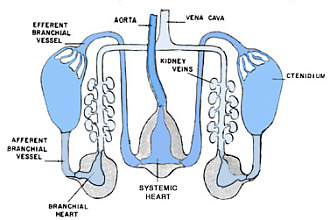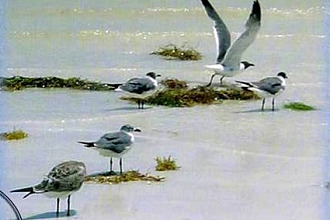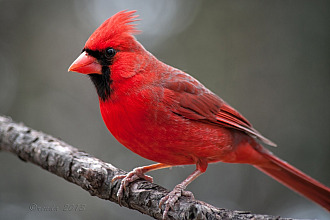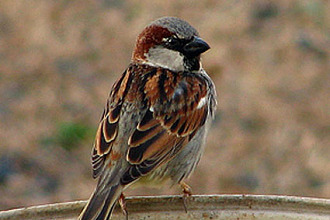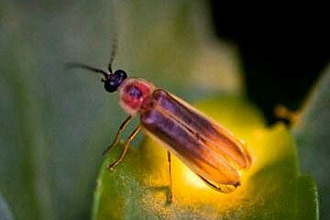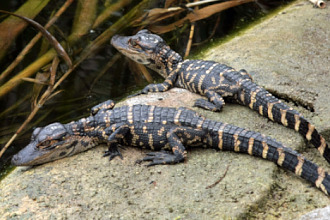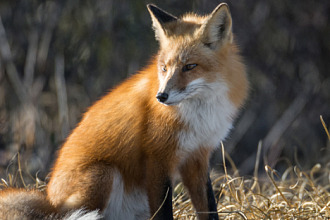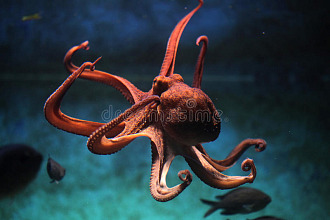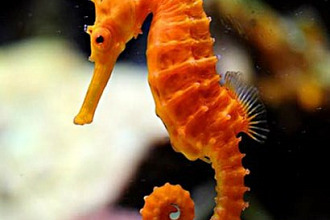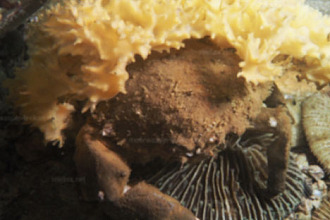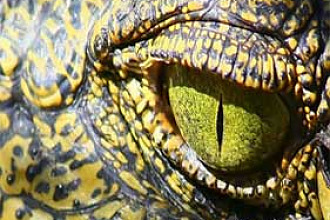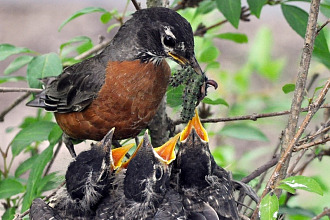The Burrowing Owl lives with unique "NOT BY ACCIDENT" design! Look at the nest material used for the babies of the round-headed, ground-dwelling little creature.
Who would think it wise to put the dung of other animals in and around an underground nest? Hardly sounds like a smart decision to us. But it is a wise not-by-accident construction plan—not thought through by the birds, but surely by their Creator. That lining material not only acts as an absorbent, but also attracts dung beetles, a delicious staple for an owl. Its decomposi¬tion masks the odors produced by the little birds. That in itself makes detection by their predators more difficult. Then that same decompo¬sition of the droppings from other animals produces heat which aids the little owl mothers in the incubation of her eggs.
Those short, fat burrowing owls look like they're on stilts as they stand upright on long, thin legs in order to see farther over the landscape. And where did they get the sense to settle near fence posts? Yet that is where you'll often find they choose their frequently-borrowed tunnel-homes. It gives them a conveniently high perch when they're on the lookout for food and for danger. A mature burrowing owl weighs only about 5 or 6 ounces, but can dive bomb their prey—or an intruder. (It happened to my husband Merlin one day when he was near one of their homes. He had his back to their hole when one attacked his head! As he put it, "They can ring your bell!')
The Designer of the Burrowing Owl juveniles gave them a special ability while they are babies in the burrow—where they spend the first 7 weeks of their lives. When threatened, they can make the same buzzing sound one hears from the movement of the tail of a rattlesnake! Most approaching predators back off with that noise. It's a not-by-accident gift from a tender Creator to a tiny creature--until baby Burrowing Owl needs that voice no longer!
Their Designer thought of everything a small owl needs to live successfully.
Would our Creator have done less when He created us?
"NOT BY ACCIDENT" (c) Juanita Kretschmar is used by permission and was first published in the book "Not By Accident" page 19
Picture originally found here




